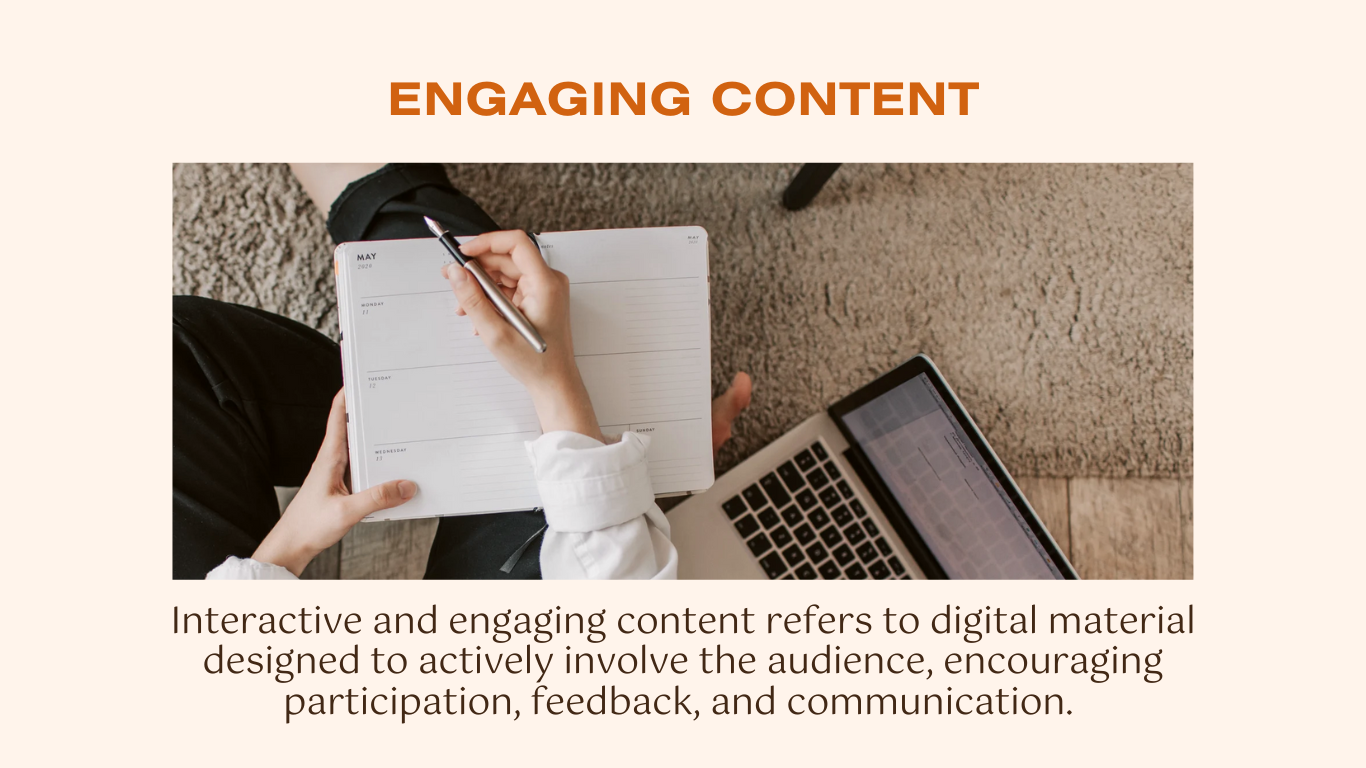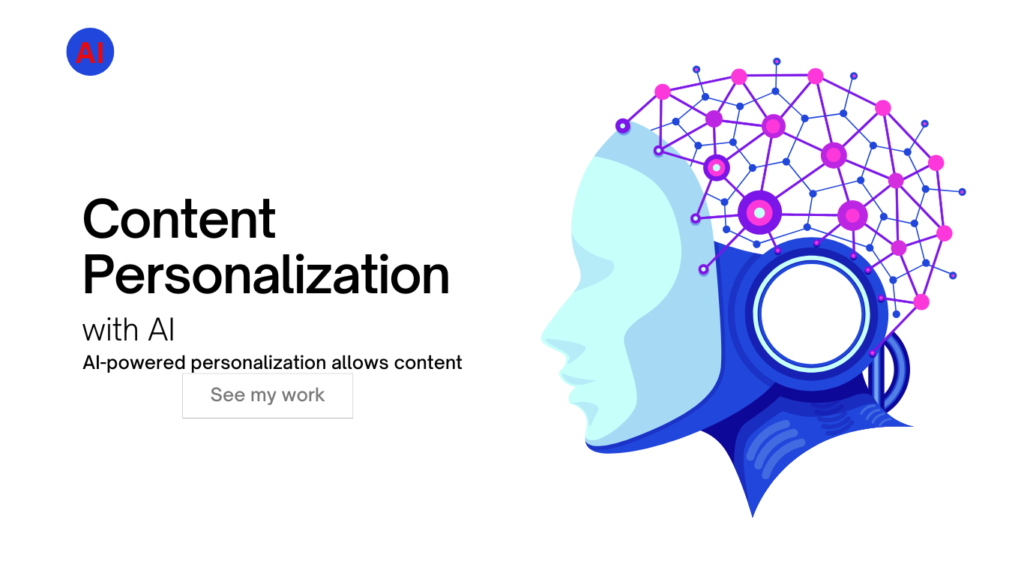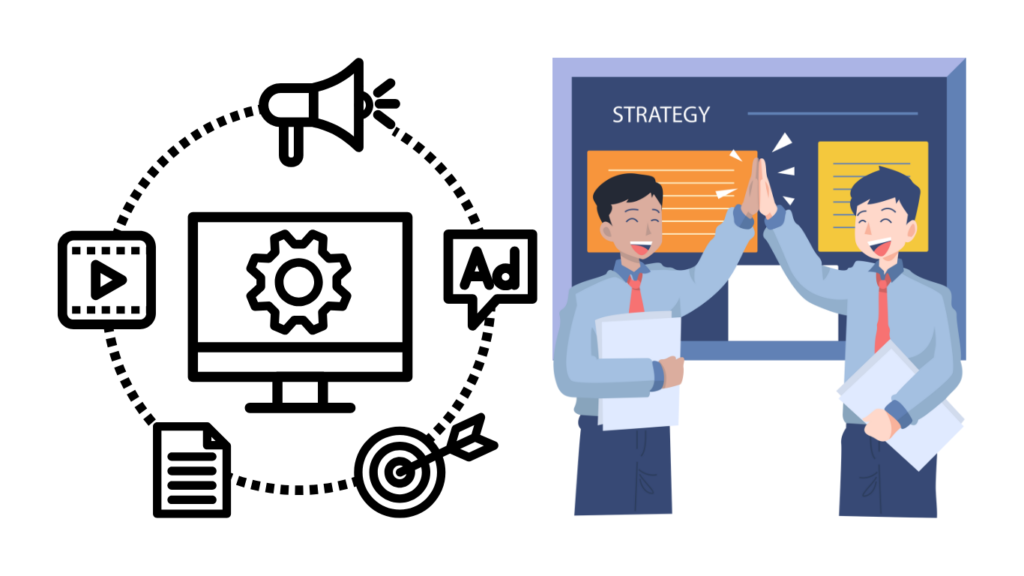
Introduction
Content writing in 2025 has evolved beyond traditional methods. With advancements in AI, changing SEO trends, and audience behavior shifts, staying ahead requires adopting lesser-known strategies. In this guide, we unveil the secret techniques that top content creators use to dominate the digital landscape.
AI-Augmented Content Creation
Artificial intelligence has revolutionized content writing. Instead of replacing human writers, AI assists in generating ideas, enhancing readability, and optimizing content for SEO. Tools like ChatGPT, Jasper, and Copy.ai help create high-quality drafts, allowing writers to focus on creativity and strategy.
AI-augmented content creation enhances efficiency by automating repetitive tasks such as keyword research, grammar checking, and content structuring. By leveraging AI-driven insights, writers can craft compelling narratives while ensuring factual accuracy and SEO optimization. However, while AI is a powerful tool, human creativity remains irreplaceable. The most successful content in 2025 balances AI-powered data analysis with authentic storytelling and emotional engagement.
Secret Tip:
Leverage AI to generate data-driven outlines but ensure human creativity in storytelling to maintain authenticity.

Advanced Semantic SEO
Advanced Semantic SEO refers to the process of optimizing web content not just for keywords, but for the meaning and context behind those keywords. It goes beyond traditional keyword-based optimization and focuses on the intent of the user, the relationships between words, and the overall context in which a search query is made.
The goal of Advanced Semantic SEO is to enhance the understanding of search engines about a page’s content and relevance to a user’s search intent. This is achieved by implementing structured data, natural language processing (NLP), and contextual signals, ensuring that search engines can interpret the content in a way that aligns with user expectations.
Key strategies include:
- Entity Optimization: Identifying and using specific entities (people, places, things) in a way that helps search engines understand the context of the page.
- Content Clusters: Grouping content around related topics or themes to create a more organized and authoritative structure that signals relevance to search engines.
- Natural Language Processing (NLP): Optimizing content so that it aligns with how people naturally search and speak, enhancing the content’s ability to answer user queries effectively.
- Schema Markup: Using structured data to provide search engines with more detailed information about the content, improving visibility and relevance in search results.
- By focusing on the meaning behind the words rather than just the words themselves, Advanced Semantic SEO helps websites rank higher by meeting user intent more accurately, resulting in better engagement and improved search engine rankings.
The Power of EEAT (Experience, Expertise, Authoritativeness, Trustworthiness)
The heading “The Power of EEAT (Experience, Expertise, Authoritativeness, Trustworthiness)” emphasizes the importance of these four key principles in establishing a website’s credibility and performance in search engine rankings.
- Experience: This refers to the practical knowledge and hands-on involvement that content creators or websites showcase in a particular subject area.
- Search engines favor content that reflects real-world experience, as it adds value and relevance to users.
- Expertise: Expertise indicates the level of proficiency and skill a content creator possesses within a specific field.
- When websites offer content written by experts, it assures both users and search engines that the information is reliable and accurate.
- Authoritativeness: Authoritativeness is the perceived reputation or authority a website or content creator holds within its industry or niche. Websites with strong authority are typically recognized by other reputable sources or references, enhancing their trustworthiness and ranking potential.
- Trustworthiness: Trustworthiness is the degree to which users and search engines can rely on a website for accurate, safe, and truthful information. Trust is built through transparent practices, secure browsing experiences, and consistent, high-quality content.
Together, these elements form the foundation of a website’s credibility and are crucial in achieving higher rankings in search engines, especially when it comes to valuable or sensitive information. EEAT is a critical concept for businesses and content creators aiming to optimize their web presence and improve user experience.

Interactive & Engaging Content
Interactive and engaging content refers to digital material designed to actively involve the audience, encouraging participation, feedback, and communication. Unlike passive content, such as traditional articles or videos, interactive content allows users to interact with the content itself, making their experience more immersive and personalized. This can include quizzes, polls, surveys, interactive infographics, videos with clickable elements, and gamified content. The goal is to enhance user experience, improve engagement rates, and drive deeper connections with the audience, ultimately leading to increased brand loyalty and better content retention. By fostering active participation, interactive content helps brands gather valuable insights, create more targeted marketing strategies, and boost conversions.

Content Personalization with AI
AI-powered personalization allows content to adapt based on user preferences, behavior, and search history.
Content Personalization with AI refers to the use of artificial intelligence technologies to tailor content delivery to individual users based on their preferences, behaviors, and interactions. By leveraging AI, businesses can analyze user data such as browsing history, demographic information, and engagement patterns to deliver personalized experiences. This approach helps enhance customer satisfaction, increase engagement, and improve conversion rates. AI-driven personalization includes dynamic content creation, product recommendations, personalized messaging, and more, enabling brands to create more relevant and impactful experiences for their audiences.

Hyperlocal & Niche Content Strategies
Search engines now favor hyperlocal and niche-specific content, making it essential for businesses targeting specific demographics.
Hyperlocal and niche content strategies focus on creating highly targeted content tailored to specific audiences or locations. These strategies emphasize relevance and specificity, ensuring that content resonates deeply with a defined group, rather than trying to reach a broad, general audience.
- Hyperlocal Content Strategy: This approach targets content to very specific geographic locations, often down to neighborhoods or even smaller areas. It is designed to engage local audiences with content that addresses issues, trends, or needs unique to their immediate surroundings. For businesses, this can mean crafting marketing messages that appeal to local interests, promoting local events, or leveraging location-based search terms to enhance visibility and relevance in local markets.
- Niche Content Strategy: A niche content strategy focuses on catering to a particular segment of an audience with specialized interests or needs. Unlike broad content approaches, niche strategies provide in-depth, expert-level information or solutions for a smaller, but highly engaged audience. This strategy works best for businesses or brands that offer specialized products or services and want to become recognized as an authority in a specific industry or topic.
- Both strategies are highly effective in establishing a deep connection with a targeted audience, improving engagement, and enhancing the likelihood of conversions by offering content that directly meets the needs and preferences of a defined group..

Voice Search Optimization
Voice Search Optimization refers to the process of optimizing your website or content to ensure it is discoverable and performs well when users conduct voice searches through digital assistants like Siri, Alexa, Google Assistant, or Cortana. As voice search technology continues to grow in popularity, it has become essential for businesses and marketers to adapt their SEO strategies to cater to voice-based queries.
Key factors for optimizing voice search include:
- Conversational Keywords: Unlike traditional typed searches, voice searches are often longer and more conversational. It’s important to incorporate natural, question-based keywords into your content.
- Local SEO Optimization: Many voice searches are local in nature, such as “near me” queries. Ensuring that your business is listed on Google My Business and optimizing for local SEO can help improve visibility in voice search results.
- Featured Snippets: Voice search often pulls answers from featured snippets, which are concise answers displayed at the top of search results. Structuring your content to provide clear, concise answers can help improve your chances of being featured.
- Mobile Optimization: Since voice searches are predominantly performed on mobile devices, having a mobile-friendly website is crucial for optimizing for voice search.
- Page Load Speed: A fast-loading website is essential for providing a seamless user experience. Search engines prioritize websites that load quickly, which is even more important for voice search users looking for immediate answers.
Optimizing for voice search is an ongoing process that helps ensure your content is accessible to users who prefer voice commands over typing. By focusing on these key strategies

Long-Form Content:
This refers to content that is more detailed, comprehensive, and in-depth, typically ranging from 1,000 to several thousand words. It provides valuable insights and in-depth analysis on a specific topic. Long-form content is designed to educate, inform, and engage readers over an extended period. It’s often used for guides, tutorials, case studies, and comprehensive reports that thoroughly cover a subject matter, offering readers valuable information and encouraging them to spend more time on your website.
Evergreen Content:
Evergreen content is content that remains relevant over time, regardless of trends or seasons. It focuses on topics that are consistently valuable to the audience and can continue to attract traffic and engagement long after it’s published. Examples include how-to guides, tips, FAQs, or foundational information on key subjects. This type of content doesn’t become outdated and serves as a long-term asset to your content strategy.
Thought Leadership Content:
Thought leadership content is created by individuals or organizations with expertise and authority in a particular field. It aims to establish the creator as a trusted voice in the industry. This content often provides innovative ideas, industry insights, and forward-thinking perspectives that challenge conventional views or introduce new approaches. Thought leadership content positions the author as an expert who influences and inspires their audience, building credibility and trust in the process.
Together, these three elements—long-form, evergreen, and thought leadership content—form the foundation for content strategies that drive sustainable traffic, engage audiences over time, and establish authority in a particular niche.

Ethical AI-Generated Content & Human Touch
In today’s digital landscape, the integration of AI in content creation has sparked both excitement and concern. The heading “Ethical AI-Generated Content & Human Touch” refers to the balance between utilizing advanced AI technology to generate content while maintaining ethical standards and preserving the essential human element that connects with audiences.
AI-generated content offers efficiency, scalability, and the ability to produce vast amounts of information. However, ethical considerations must be prioritized, such as ensuring accuracy, avoiding bias, and respecting privacy and intellectual property rights. At the same time, the “Human Touch” emphasizes the irreplaceable value of human creativity, empathy, and nuanced understanding in content creation, which adds authenticity and emotional resonance that AI may lack.
The goal is to leverage AI’s capabilities in a responsible way while ensuring that the content remains aligned with human values, creativity, and ethical principles, thus offering a blend of technological advancement and human insight. This balance is essential for maintaining trust with the audience and fostering a positive digital ecosystem.
Multi-Platform Content Repurposing: A Strategic Approach to Maximizing Reach and Engagement
Multi-platform content repurposing refers to the strategic process of taking a single piece of content and adapting it to suit various platforms, ensuring it reaches a broader and more diverse audience. This approach involves modifying the original content—whether it’s a blog post, video, infographic, or social media post—so that it fits the unique format, tone, and audience preferences of different digital channels. By repurposing content across platforms like blogs, social media, email newsletters, podcasts, and video-sharing sites, businesses can extend the lifespan of their content, drive more traffic, and increase engagement without constantly creating new material.
This method not only saves time and resources but also amplifies the message by tailoring content to various audience segments, enhancing overall marketing efforts. Properly executed, multi-platform content repurposing maximizes the value of every piece of content and supports sustained online visibility.
ConclusionConclusion
Content writing in 2025 is no longer about merely producing articles—it’s about crafting valuable, engaging, and optimized content that resonates with audiences. By implementing these secret strategies, writers and businesses can stay ahead in an ever-changing digital landscape.
For expert guidance and content solutions, contact us at support.info@websofthub.com or visit WebSoft Global Development Agency.